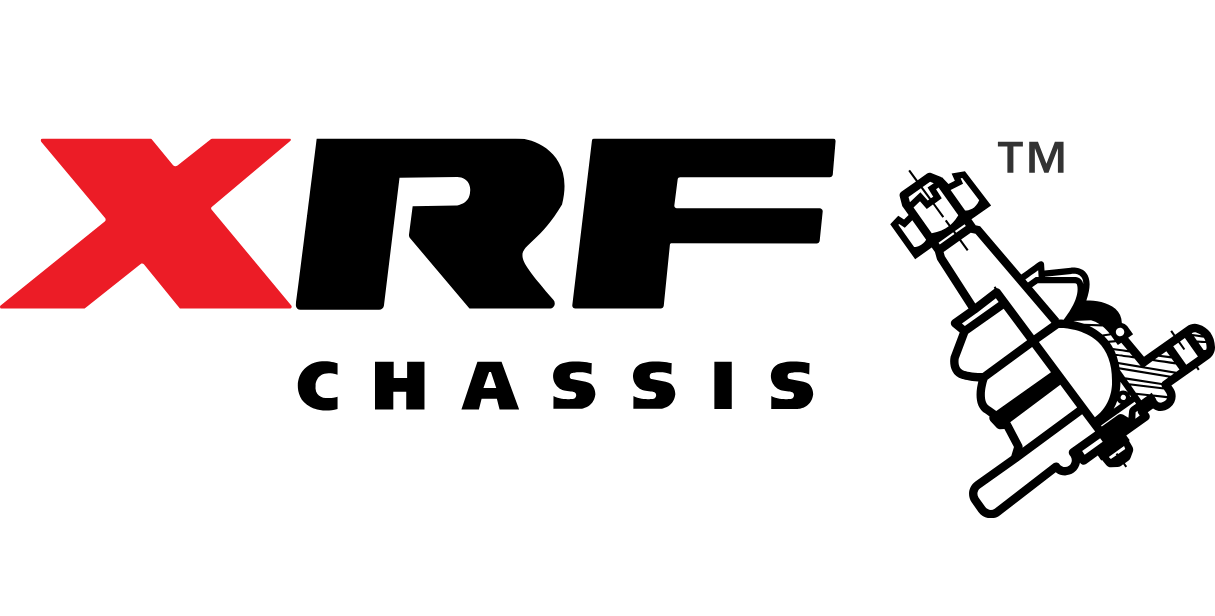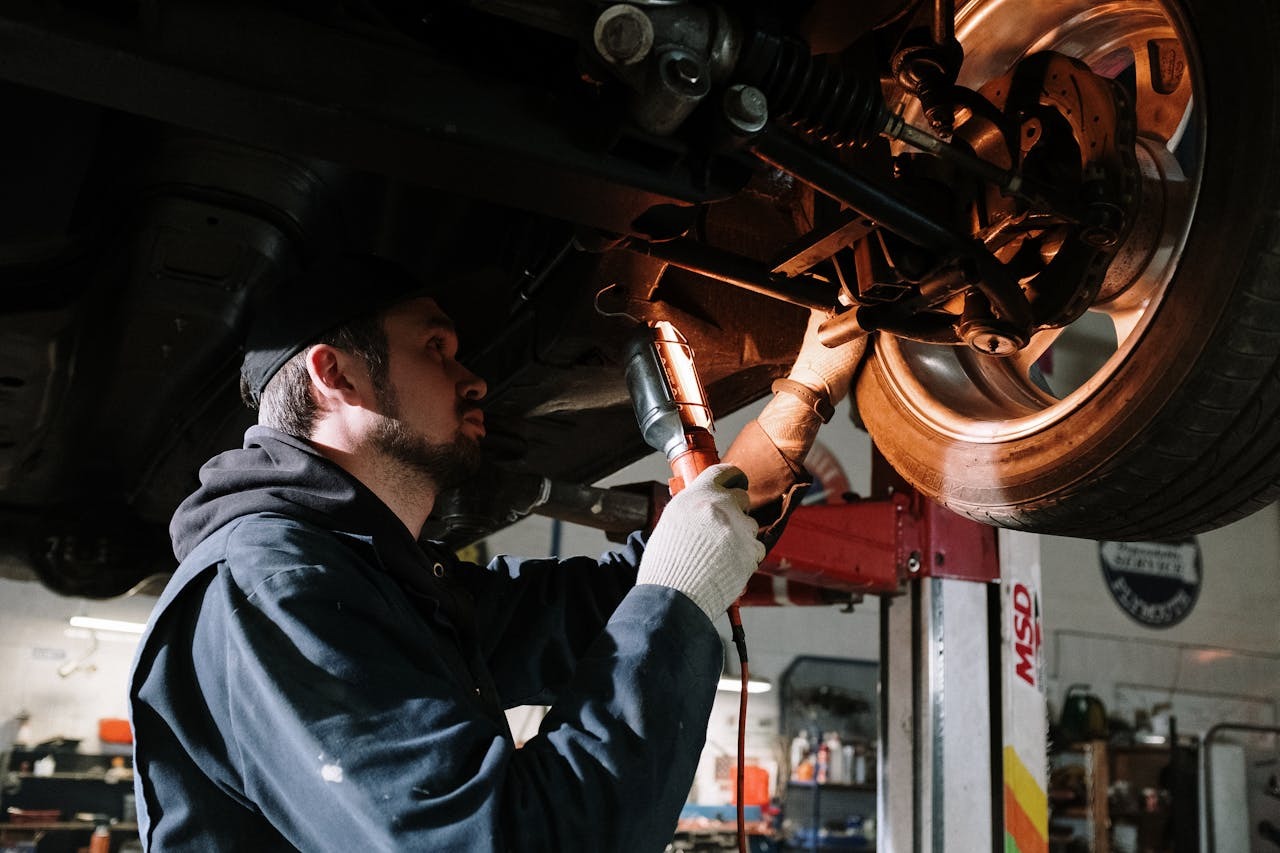Ball joints are critically important to your car’s suspension system. They connect the steering knuckles to the control arms, allowing for smooth and controlled wheel movement. However, like all mechanical parts, ball joints can wear out over time, leading to a range of problems. In this blog, we will discuss the signs of bad ball joints and the causes of ball joint problems. We’ll also look at how to check the ball joints in your car so you can know when to replace them, ensuring the safety and performance of your vehicle.
Signs Of Bad Ball Joints
Although ball joints are durable and tend to last more than 70,000 miles, they are known to deteriorate over time. Recognizing the symptoms of bad ball joints can help you address the issue before it leads to more serious problems like suspension damage and wheel misalignment. Here are some common signs:
- Clunking Noises: One of the most common signs of a failing ball joint is a clunking or knocking noise when you go over bumps or make sharp turns. This noise is caused by the ball joint rattling inside its socket due to wear.
- Vibration: A worn-out ball joint can cause your car to vibrate. You might feel the vibration through the steering wheel, especially when you accelerate or turn the vehicle.
- Uneven Tire Wear: If you see that the inner or outer shoulder of your tires is more worn than the rest of the tires, it could be one of the symptoms of bad ball joints. This is because the worn-out ball joint affects the wheel alignment, causing the tires to wear down at an irregular rate.
- Wandering Steering: If your car’s steering seems to wander or drift to one side while you’re driving, it could be a sign that your ball joints need to be replaced. This happens because the worn-out ball joint affects the alignment of the wheels.
- Poor Handling: If your car doesn’t handle as well as it used to, especially around corners, it could be due to a bad ball joint. The worn-out joint can affect the car’s stability and response time, so knowing how to check ball joints is essential if you want to maintain the handling performance of your vehicle.
Causes of Bad Ball Joints Symptoms
Ball joints are located in the suspension of a car, exposing them to continuous movement, friction, and debris. As a result, they eventually wear out and need to be replaced. Here are several factors that can contribute to ball joint wear and failure:
- Normal Wear and Tear: Ball joints are subject to a lot of stress and friction as they help your car’s wheels move. Over time, this can cause the ball joints to wear out.
- Lack of Lubrication: Ball joints need to be regularly lubricated to function properly. If they aren’t, the increased friction can cause the ball joints to wear out faster.
- Impact Damage: If your car hits a pothole, curb, or speed bump at high speed, it can cause damage, resulting in bad ball joints symptoms.
- Poor Road Conditions: Driving on rough or uneven roads can put extra stress on the ball joints, leading to faster wear.
- Faulty Installation: If the ball joints aren’t installed correctly, they can fail prematurely.
How to Check Ball Joints
Ball joints play an integral role in your suspension system, so it’s worthwhile knowing how to check them in order to identify if there are any signs of deterioration. Here are some common ways to check for signs of problems with these components:
- Visual inspection: Use a jack to lift the vehicle and secure your car with jack stands. Once it's securely lifted, check the rubber boot covering the ball joint. If it’s torn or leaking grease, this indicates that there are symptoms of bad ball joints.
- Suspension play test: You can carry out a simple test to check the play in the ball joint. With the car securely lifted, hold the tire at the top and bottom and try to move it up and down, while feeling for any abnormal amount of movement in the joint.
- Steering play test: While you watch the ball joint, have someone slowly turn the steering wheel left and right. Watch the ball joint and check for excessive movement where the ball joint connects with the control arm and listen for any clunking sounds.
Although you can check for the symptoms of bad ball joints yourself, it’s often best to have a professional mechanic do the inspection. A professional at a diagnostic station will know exactly how to check the ball joints. Mechanics usually have specialized equipment to test various loads and vibrations, ensuring any play or damage is accurately identified.
The Benefits of New Ball Joints
Having new ball joints fitted is an effective way to restore the safety, comfort, and performance of your vehicle. At XRF Chassis, we stock ball joints for nearly all major brands and models including BMW M5, Honda Accord, Mercedes-Benz E-350, Lexus LS 500 and more. Precision-engineered parts eliminate the symptoms of bad ball joints so you can have peace of mind when driving. Here are some of the main benefits of new ball joints:
- Improved comfort: New ball joints allow the suspension to move freely while maintaining proper wheel alignment.
- Better steering control: Replacing worn ball joints enhances steering response and restores handling.
- Better safety: With new ball joints, your steering and suspension systems function optimally.
Summary
Recognizing the signs of a worn ball joint and understanding the causes can help you maintain your car’s suspension system and ensure a smoother, safer ride. If you know how to check the ball joints in your car and notice any issues, place an order today and get high-quality parts from XRF Chassis. Remember, regular maintenance and inspections can help prevent the symptoms of bad ball joints and keep your car running smoothly. Stay safe on the roads!
The above information is for reference only and does not serve as vehicle repair advice. Please contact your local mechanic for professional advice.





